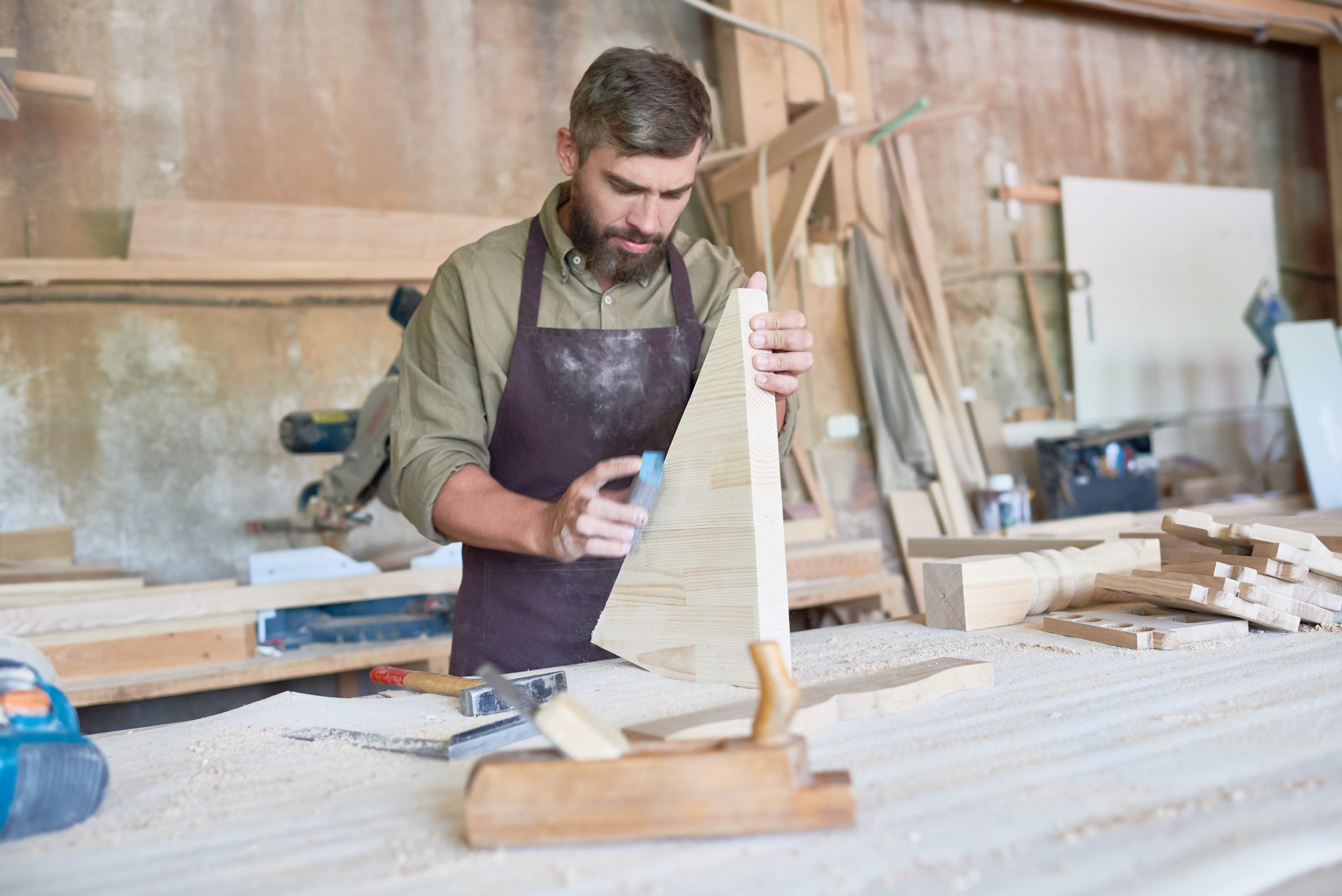In the realm of Amish furniture making, the role of hand tools is not just a matter of tradition but a symbol of commitment to quality and craftsmanship. This approach to furniture creation, deeply rooted in Amish culture, emphasizes a respect for the craft that is often lost in the modern world of mass production. In this article, we discuss the essential hand tools used in Amish craftsmanship, the development of skill through these tools, the detailing techniques used, and the preservation of the craft.
What Hand Tools Are Essential in Amish Craftsmanship?
Hand tools are the cornerstone of Amish furniture making, allowing craftsmen to maintain a high level of precision and detail in their work. These tools include chisels, planes, saws, and hammers, each serving a specific purpose in the creation process. Chisels are used for carving and shaping wood, allowing for detailed and intricate designs. Planes smooth the surface of the wood, ensuring it is even and ready for finishing. Saws are used for cutting the wood, and their manual operation allows for greater control over the cut. Hammers are used in conjunction with other tools for shaping and assembling the furniture.
The use of these tools requires skill and patience, with craftsmen often spending years perfecting their technique. This hands-on approach ensures that each piece of furniture is crafted with a level of care and attention that machines cannot replicate.
How Is Skill Developed Through Hand Tools?
Skill development in Amish furniture making is a gradual process, heavily reliant on the use of hand tools. These tools demand not only physical skill but also an understanding of the material and a deep respect for the craft. Amish craftsmen learn to work with the natural properties of wood, understanding its grain, texture, and behavior. This intimate knowledge allows them to manipulate the wood in ways that bring out its natural beauty and strength.
The use of hand tools also develops a sense of precision and attention to detail in craftsmen. As they work closely with the material, they develop a detailed understanding of how different tools can be used to achieve various effects. This skill is not learned overnight but is honed over years of practice and dedication.
What Detailing Techniques Are Used?
Detailing in Amish furniture is a testament to the skill and artistry of the craftsmen. Techniques such as carving, inlaying, and joinery are common, each adding a unique element to the furniture. Carving involves creating patterns or designs on the wood, often done by hand with chisels. Inlaying involves embedding different materials into the wood, such as glass or metal, to create a contrast in texture and color. Joinery, the method of connecting different pieces of wood, is done with precision and care, ensuring that the joints are not only strong but also aesthetically pleasing.
These detailing techniques contribute to the unique character of each piece of Amish furniture, making them not just functional items but works of art.
How Does Using Hand Tools Preserve the Craft?
The use of hand tools in Amish furniture making is crucial for the preservation of the craft. In a world where efficiency and speed are often prioritized, the Amish commitment to using hand tools represents a dedication to quality and tradition. This approach ensures that the skills and techniques developed over generations are preserved and passed down.
The use of hand tools allows for a level of customization and personalization that is not possible with machine-made furniture. This individuality is at the heart of Amish furniture, with each piece reflecting the hand of the maker.
In conclusion, the role of hand tools in Amish furniture making is integral to the identity and quality of their craft. From the development of skill to the detailing techniques employed, these tools are fundamental in preserving the tradition and artistry of Amish furniture making. As we appreciate the beauty and functionality of Amish furniture, we also celebrate the skill, patience, and dedication that goes into its creation.

